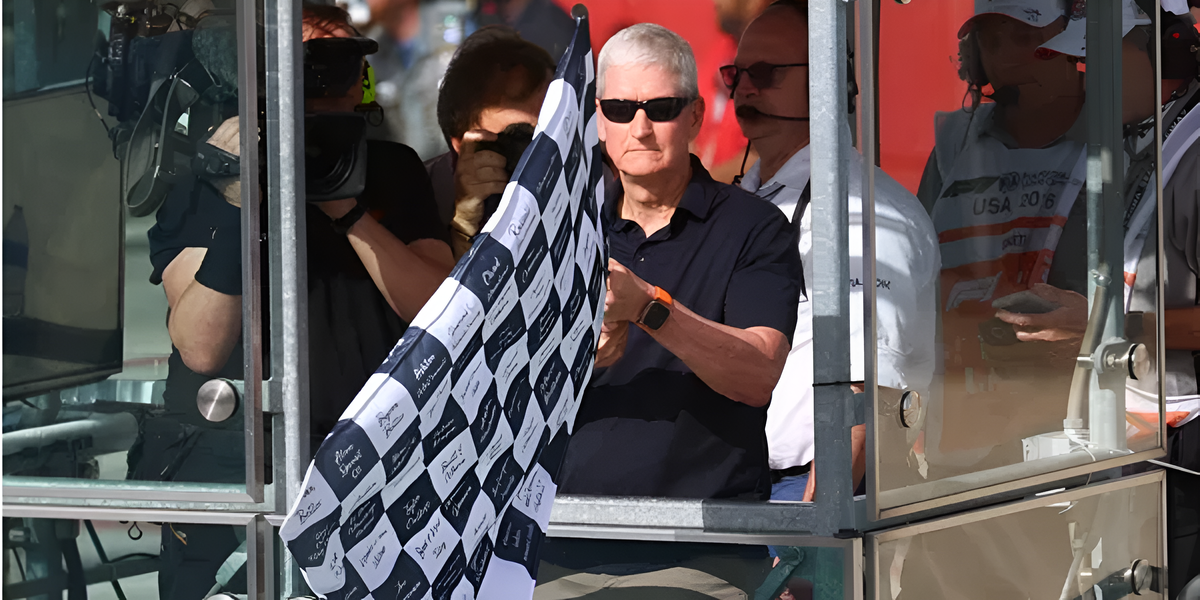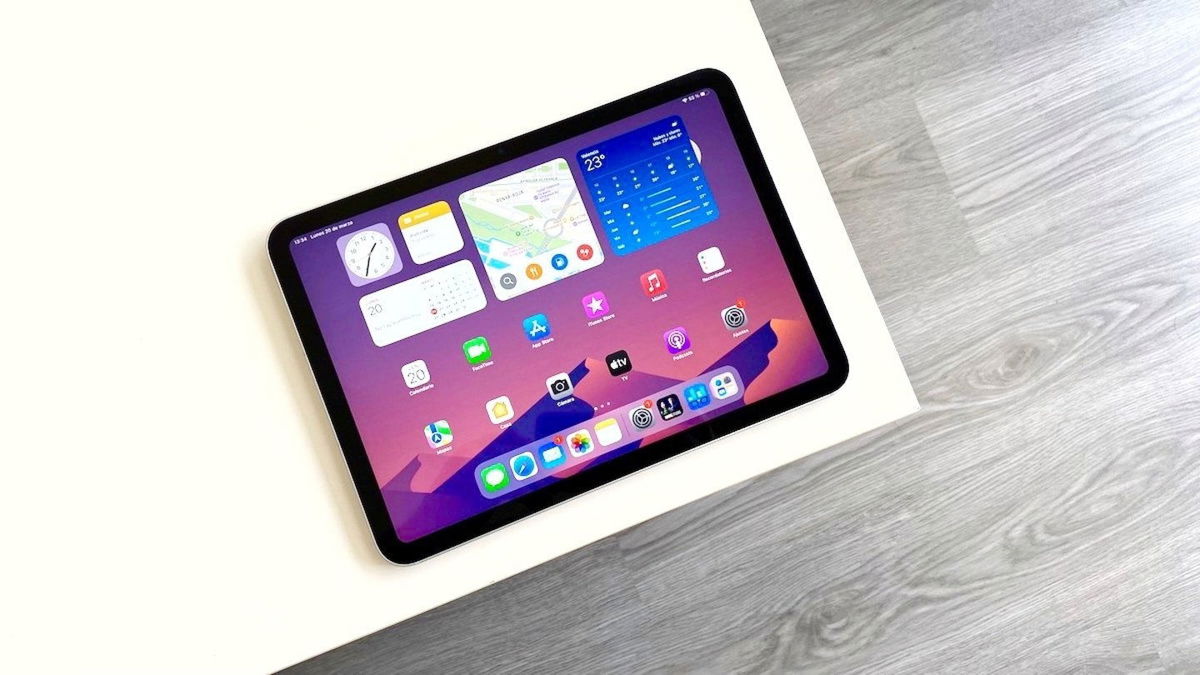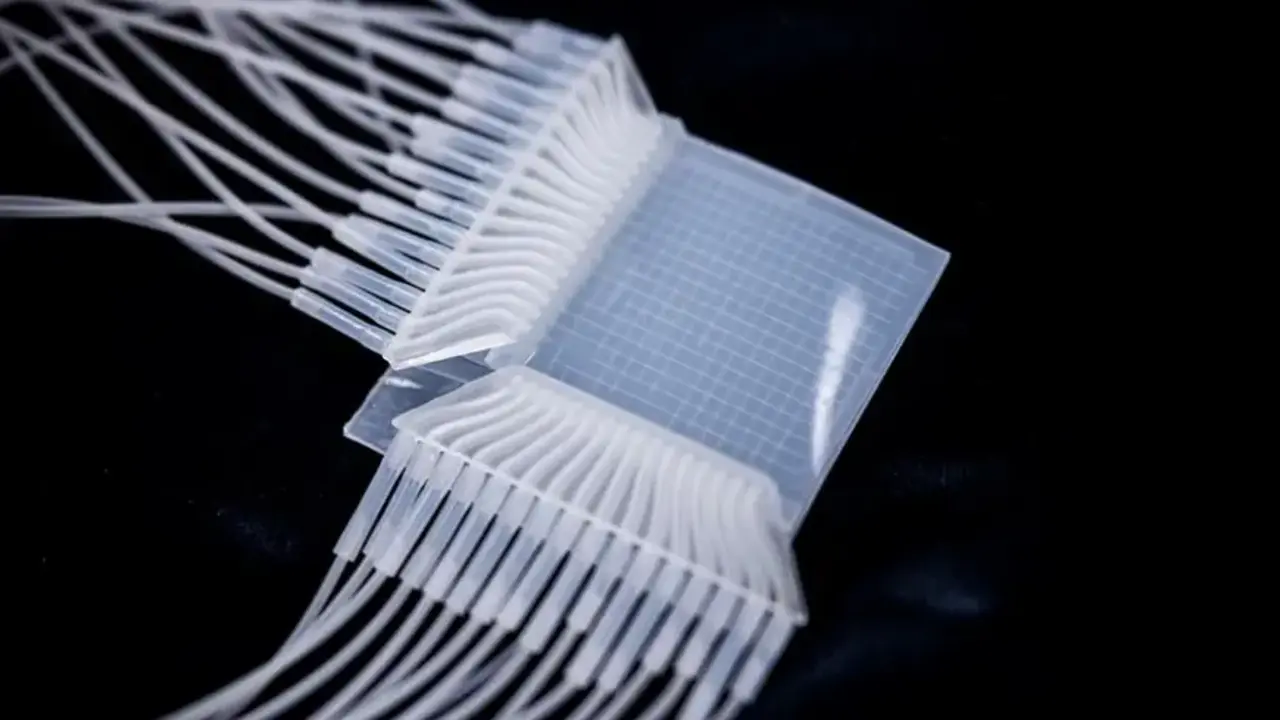It is noteworthy that the device can even recognize handwritten characters and support multiple simultaneous touches. PhD student Vilma Lampinen explained that the lack of electricity makes the device ideal for MRI, where magnetic fields interfere with electronics.
The sensor’s flexibility also opens up opportunities in soft robotics, where non-electrical sensing can improve the performance of advanced prosthetics and rehabilitation devices by adding tactile feedback.
Source: Ferra
I am a professional journalist and content creator with extensive experience writing for news websites. I currently work as an author at Gadget Onus, where I specialize in covering hot news topics. My written pieces have been published on some of the biggest media outlets around the world, including The Guardian and BBC News.










